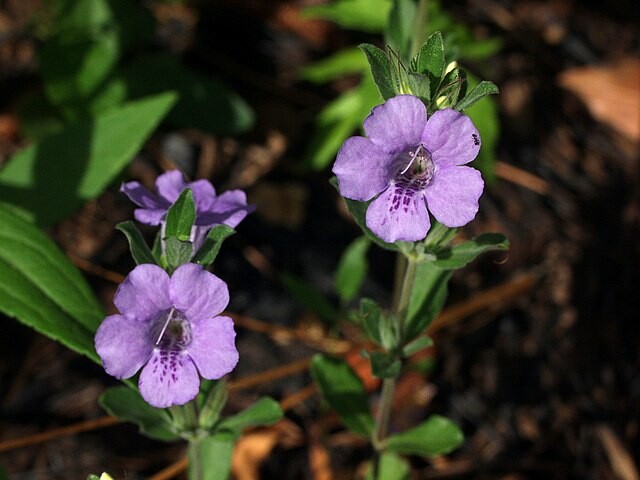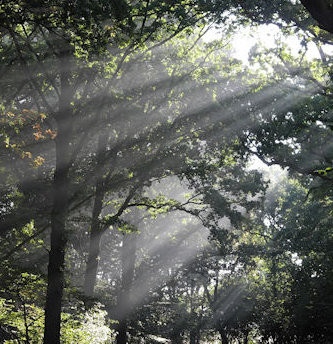Written by Don Richardson

 Swamp Twinflower (Dyschoriste Humistrata)
Swamp Twinflower (Dyschoriste Humistrata)Plant Type | Perennial Groundcover |
Size | 8-20” tall, spreads |
Sun Exposure | Part sun - mostly shade |
Soil Type | loam |
Soil pH | Acidic - Neutral |
Bloom Time | Spring - Fall |
Hardiness Zones | 8a-10a Florida Native |
Moisture | High - moist, can sit in water |
Cold/Heat | 15°F – |
Pollination | Self-pollinates |
Edible Plant | No |
Medicinal Plant | No |
Any reference to medicinal or culinary use of plants or plant parts should in no way be considered an endorsement by The Ocala Food Forest or its staff. Research is crucial in safe and proper consumption or experimentational use of any plant.
Have you ever heard of the Dyschoriste Humistrata, or swamp twinflower? This beautiful and complex plant is native to North America and grows in wetland environments. In this blog post, we will explore the unique characteristics of the swamp twinflower and explain why it has been a source of fascination for botanists and nature enthusiasts alike.
Appearance
The swamp twinflower is an herbaceous perennial and typically grows between 8-20 inches tall. The leaves are lanceolate in shape with serrated edges. The flowers have two petals that are fused together at the base, giving them a 'twin' appearance. The flowers range in color from white to pinkish-purple and bloom during the summer months (June through September).
Habitat & Ecology
Swamp twinflowers prefer wet habitats such as marshes, bogs, streambanks, and riverbanks. They can be found throughout most of the eastern United States and Canada, although they are less common in areas with dryer climates. As a plant that prefers wet environments, it is particularly well adapted for cold climates since it does not need much soil moisture to survive.
The swamp twinflower plays an important role in its environment as a food source for pollinators like bees and butterflies. It also helps stabilize soils near rivers or streams by providing organic material that prevents erosion from fast-moving water. Additionally, its deep root system helps improve water quality by keeping sediment out of waterways while providing oxygenation to aquatic organisms living there.
Conclusion:
The Dyschoriste humistrata is an amazing plant that can be found in wetlands across North America. Its fascinating appearance combined with its ecological importance make it a popular subject among botanists and nature lovers alike. If you’re looking for something interesting to observe on your next outdoor adventure, be sure to keep an eye out for this amazing species!
The Dyschoriste humistrata is an amazing plant that can be found in wetlands across North America. Its fascinating appearance combined with its ecological importance make it a popular subject among botanists and nature lovers alike. If you’re looking for something interesting to observe on your next outdoor adventure, be sure to keep an eye out for this amazing species!









0 Comments